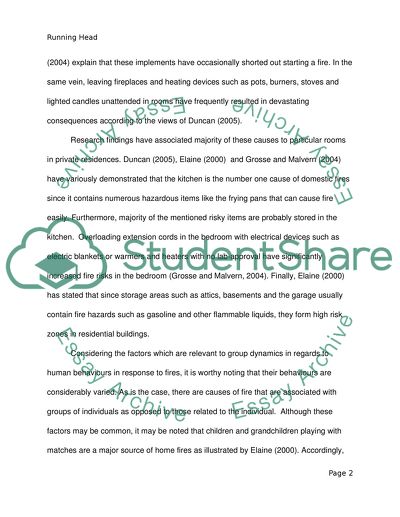Cite this document
(Human Behaviour as the Most Significant Cause of Common Instances of Coursework, n.d.)
Human Behaviour as the Most Significant Cause of Common Instances of Coursework. Retrieved from https://studentshare.org/social-science/1562329-human-behavior
Human Behaviour as the Most Significant Cause of Common Instances of Coursework. Retrieved from https://studentshare.org/social-science/1562329-human-behavior
(Human Behaviour As the Most Significant Cause of Common Instances of Coursework)
Human Behaviour As the Most Significant Cause of Common Instances of Coursework. https://studentshare.org/social-science/1562329-human-behavior.
Human Behaviour As the Most Significant Cause of Common Instances of Coursework. https://studentshare.org/social-science/1562329-human-behavior.
“Human Behaviour As the Most Significant Cause of Common Instances of Coursework”, n.d. https://studentshare.org/social-science/1562329-human-behavior.


